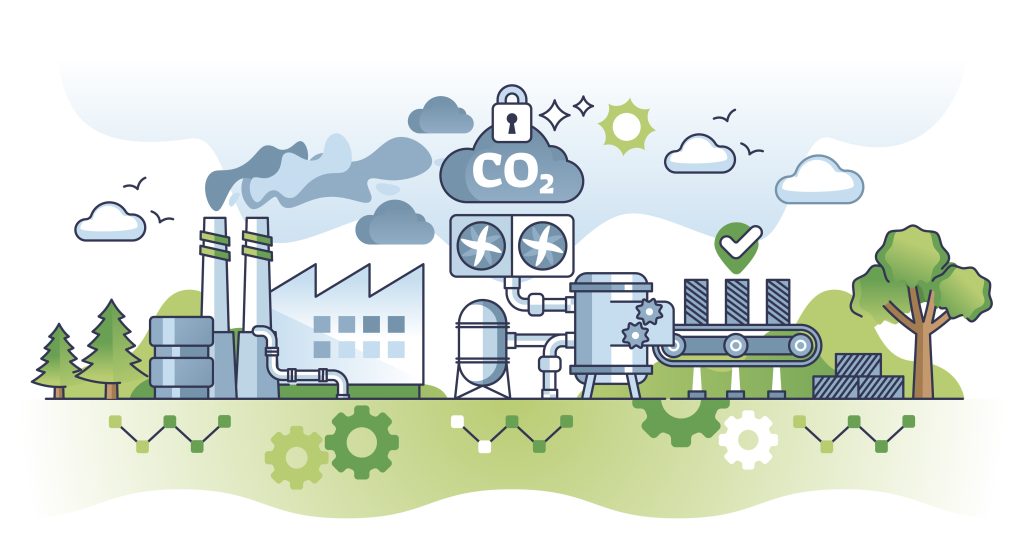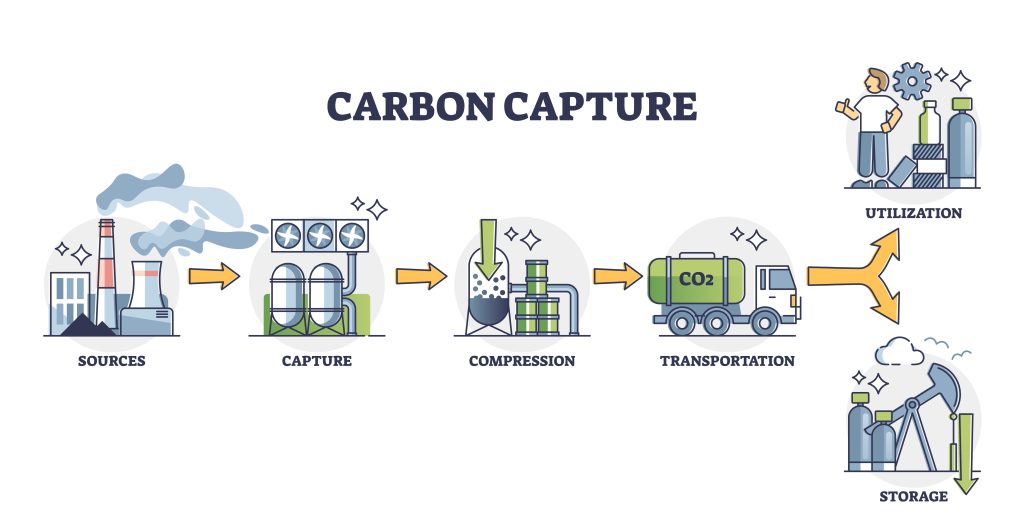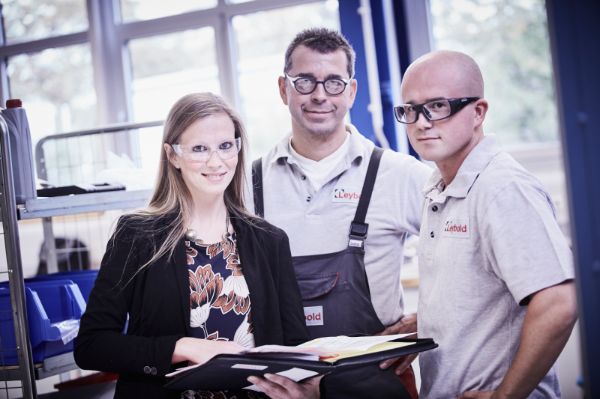Exploring Vacuum in Direct Air Capture (DAC)
Why Direct Air Capture Matters?
In response to climate change, reducing humanity’s carbon footprint is a top priority. Direct Air Capture (DAC) is emerging as a groundbreaking technology to remove carbon dioxide (CO2) directly from the ambient air, contributing to a greener planet.

Addressing Climate Change with Carbon Capture
The increasing concentration of CO2 in the atmosphere due to the burning of fossil fuels is a primary driver of global warming. Industrial activities and the use of oil, coal, and natural gas release CO2 that has been trapped for millions of years, exacerbating the climate crisis. Carbon Capture, Utilization, and Storage (CCUS) technologies have emerged as essential solutions to mitigate these emissions. Their goals include capturing CO2 from industrial emissions or directly from the air, utilizing it to replace fossil fuels, or storing it to reduce atmospheric CO2 levels.

The Role of Vacuum in Carbon Capture Processes
Vacuum technology plays a crucial role in various carbon capture techniques under development. These processes aim to capture, store, and reuse CO2 effectively:

Pre-Combustion Carbon Capture:
Fossil fuels undergo “gasification,” converting them into hydrogen and CO2. This mixture is processed to separate CO2 using techniques like pressure swing adsorption, where vacuum systems are integral. The CO2 is then stored or repurposed, while the purified hydrogen serves as a clean energy source.
Post-Combustion Carbon Capture:
Industrial flue gases are treated with solvents or absorbents to capture CO2. Vacuum technology enables the removal of CO2 from these solvents during regeneration, making it available for storage or further utilization.
Direct Air Carbon Capture (DAC):
This innovative method captures CO2 directly from ambient air using solid sorbents or absorbents. Vacuum systems regenerate the sorbents, releasing the captured CO2 for collection.
How Leybold Empowers DAC
Leybold’s DACVAC system is a modular turnkey solution supporting Direct Air Capture (DAC) to reduce humanity’s carbon footprint. It features advanced vacuum technology, including pumps, condensers, control panels, and piping, all housed in a compact container and optimized by proprietary software to provide tailored solutions for CO2 removal.
Modular Flexibility
Customizable to meet specific environmental needs.
Energy Efficiency
Smart control systems optimize energy use, making sorbent regeneration sustainable and cost-effective—key goals in carbon capture initiatives.
Scalability
Designed to grow with industrial needs, the Leybold DRYVAC, paired with blowers and condensers, delivers higher pumping capacity to meet evolving requirements.

Explore Our Curated DAC Resource Library
Dive deeper into the science and technology behind Direct Air Capture with our handpicked collection of resources. We’ve gathered the best information from trusted sources across the web to help you stay informed and inspired.
Contact Our Experts
Want to learn how Leybold’s vacuum technology can enhance your Direct Air Capture system? Our experts are here to guide you through the possibilities.
Contact Us to discuss how our cutting-edge solutions can support your carbon capture initiatives and contribute to a sustainable future.
